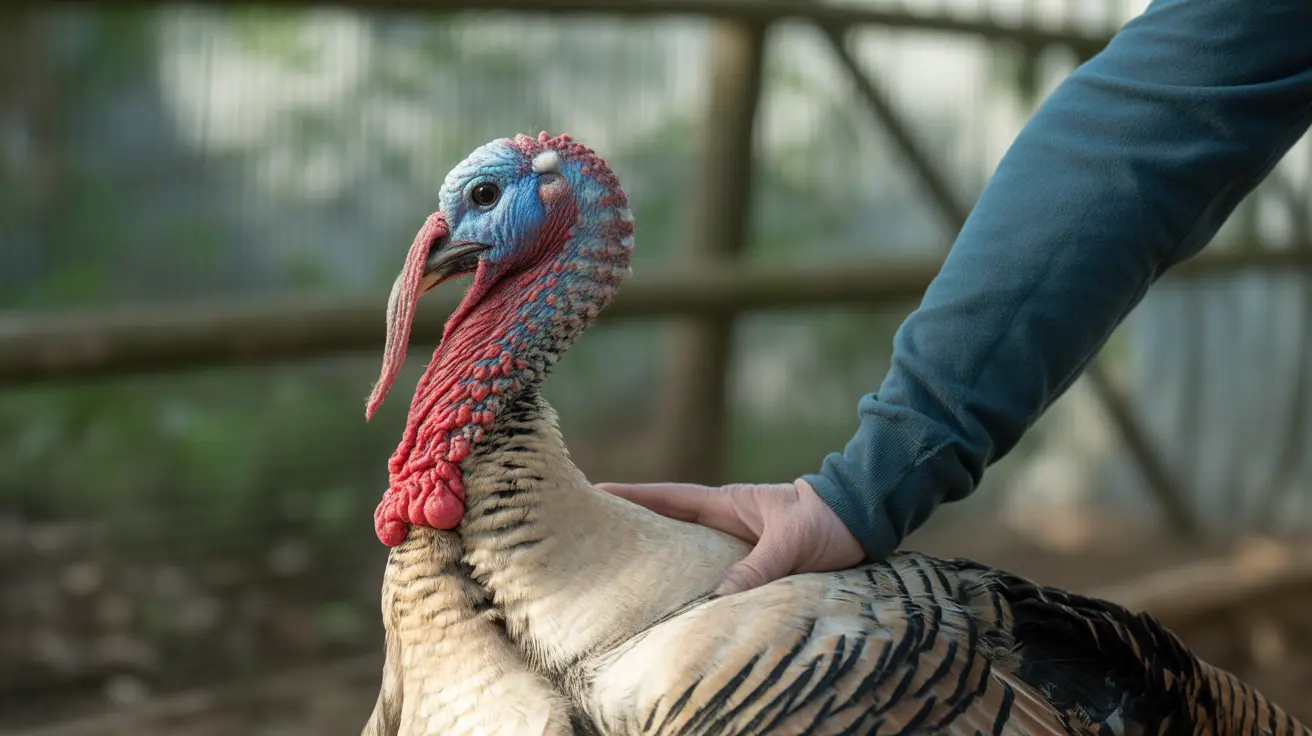Understanding Spinal Cord Injuries: One of the Most Serious Conditions in Cats
Spinal cord injuries in cats represent one of the most devastating and potentially fatal conditions that a feline can endure. These injuries can range from mild and reversible to severe and irreversible, often leading to paralysis, incontinence, and in extreme cases, death. The prognosis heavily depends on the location, cause, and severity of the injury.
Major Causes of Spinal Cord Injuries in Cats
Several factors can lead to spinal cord injuries in felines, including:
- Physical trauma such as car accidents, falls from heights, and animal attacks
- Degenerative diseases like intervertebral disc disease and spondylosis deformans
- Vascular issues like fibrocartilaginous embolism
- Infections (viral, bacterial, fungal, parasitic)
- Neoplasia (tumors, particularly lymphoma)
- Congenital defects or malformations
- Nutritional imbalances such as thiamine deficiency
Recognizing the Symptoms
Recognizing the signs early can significantly influence outcomes. Symptoms may appear suddenly or develop over time and include:
- Partial or complete paralysis of limbs
- Weakness, limping, or loss of coordination
- Abnormal gait or ataxia
- Muscle spasms or tremors
- Urinary or fecal incontinence
- Loss of sensation in limbs or tail
- Pain when touching the spine
- Lethargy and reluctance to move
- Weight loss and appetite decline
Diagnostic Tools and Techniques
A precise diagnosis is critical. Veterinarians use a variety of diagnostic methods to determine the location and nature of spinal injuries:
- X-rays to detect fractures or tumors
- Myelography for spinal cord compression visualization
- CT scans for detailed bone and tissue imaging
- MRI scans—the gold standard for soft tissue diagnosis
- CSF analysis to identify infectious or inflammatory causes
- Laboratory blood and urine tests to check for underlying issues
The presence or absence of pain perception below the injury is a key prognostic indicator. A lack of deep pain often indicates a poor prognosis for recovery.
Treatment Strategies
Treatment is tailored to the specific cause and severity of the injury and may include:
- Stabilization of vital signs post-trauma
- Pain management with feline-appropriate NSAIDs and opioids
- Anti-inflammatories like corticosteroids within a short time after trauma
- Muscle relaxants to ease spasms
- Antibiotics especially in trauma-related or infectious cases
- Surgical intervention for disc herniation, instability, or tumors
- Physical therapy such as hydrotherapy and passive exercises
- Bladder and bowel support with medications or manual expression
- Nutritional management and GI support
- Supplements like methylcobalamin, omega-3s, and antioxidants
Prognosis and Management
Prognosis varies:
- Cats with mild to moderate injuries often recover well
- Severe trauma with absent pain sensation has a poor outcome
- Surgical cases can show better recovery if treated early
- Conditions like fibrocartilaginous embolism may improve within days to weeks
Long-term care might involve ongoing therapies, adapted living spaces, and regular veterinary checkups to maintain quality of life.
Preventive Measures
Pet owners can take several actions to minimize the risk:
- Keep cats indoors to reduce trauma risk
- Secure windows and balconies
- Discourage risky climbing behaviors
- Maintain healthy weight to reduce spinal pressure
- Provide accessible home environments for mobility-challenged cats
Conclusion
While not always fatal, spinal cord injuries remain among the most life-threatening conditions in cats when left untreated or involving severe neurological damage. Immediate veterinary attention, accurate diagnosis, and long-term care are essential to optimize recovery outcomes and maintain feline quality of life.





